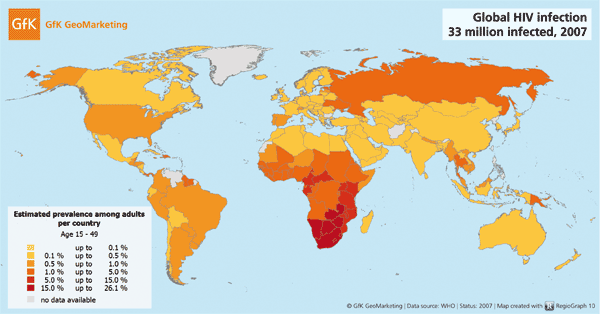Scientists are invited to compete for the opportunity to use the DMC multi-spectral data in their research projects. Applications will be judged on their contribution to international environmental research by an international panel of scientists chaired by Professor Alan O’Neil from the National Centre for Earth Observation. DMC constellation data will be awarded to 5 UK and 5 Spanish science projects. The provision of data will be coordinated by DMCii in the UK and Spanish company Deimos Imaging in Spain which will soon join the DMC with its new satellite DEIMOS-1.
Dave Hodgson, Managing Director DMCii commented, “We feel that this is a unique and valuable contribution to the science community, and look forward to supporting some deserving scientific research that will contribute to our knowledge of the Earth and our impact on its resources.”
Satellite imaging is a powerful tool for monitoring land use. It offers a valuable “eye in space” for monitoring and recording environmental change on a global basis. DMCii has previously provided free data to the science community, from which scientists have produced excellent results which include monitoring the burning of peatlands in Indonesia.
The DMC constellation of 5 satellites work together to image large areas of the Earth. Because several satellites and their respective owners (Algeria, China, Nigeria, Turkey, UK) cooperate together, the constellation can image a given geographical location frequently to identify changes or make the most of cloud-free periods. This unique combination makes the constellation highly effective for monitoring land use.
Source : http://www.ballard.co.uk












 However, if you were to walk a straight line following the direction your compass needle indicated as north, you would find that you didn’t go from south to north on the map. Howfar your path varied from true north would depend on where you started from. The angle between a straight north-south line and the line you walked is the magnetic declination in the area you were walking. In the example figure, if you walked 1.25 miles toward magnetic north(i.e. you followed your compass without adjusting for magnetic declination) you would end up 1/3 of a mile away from where you would be if you walked 1.25 miles toward true north.
However, if you were to walk a straight line following the direction your compass needle indicated as north, you would find that you didn’t go from south to north on the map. Howfar your path varied from true north would depend on where you started from. The angle between a straight north-south line and the line you walked is the magnetic declination in the area you were walking. In the example figure, if you walked 1.25 miles toward magnetic north(i.e. you followed your compass without adjusting for magnetic declination) you would end up 1/3 of a mile away from where you would be if you walked 1.25 miles toward true north.




